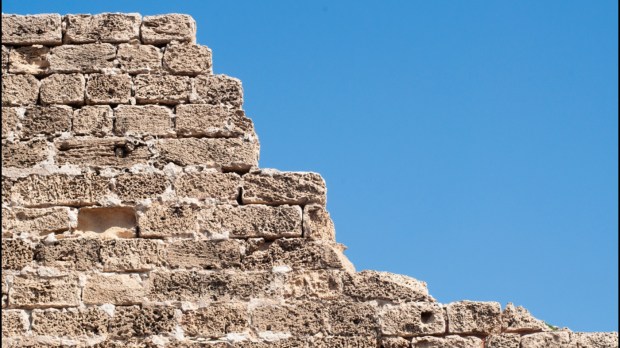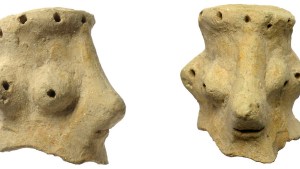The 12th chapter of 2 Kings depicts the time of King Jehoash’s reign over Judah (835-796 BCE). The final part of this chapter (2 Kings 12:17-18) describes Hazael, the king of Aram, invading the land of the Philistines and Judah. Having sacked the Philistine city of Gath (then the most powerful and largest in the region), he turned his army toward Jerusalem.
Jehoash (also called Joash), wanting to avoid the sacking of the capital, offered the invader a gigantic ransom, part of which was the gold adorning the temple in Jerusalem. Thereupon Aram’s armies retreated, but the Judean king paid for his decision with his death at the hands of his own servants, who were angered by the profanation (2 Kings 12:20-21).
The destruction of Gath by fire
A recent discovery by Israeli archaeologists offers confirmation of one episode of the story described above. Published in the journal PLOS ONE, the results of their research indicate:
extensive evidence of a site-wide destruction, with massive burning, in a well-defined chronological horizon. This destruction is dated to ca. 830 BCE (based on radiocarbon and pottery seriation) and is linked to the siege and destruction of Philistine Gath by Hazael, King of Aram Damascus, as mentioned in II Kings 12:18.
The researchers arrived at their findings by studying the magnetization of the preserved bricks.
Using this technology, the archaeologists determined that the bricks had been subjected to temperatures significantly higher than that used in their manufacture. This means that they must have been subjected to an intense conflagration.
Heat and magnetization
Importantly, in the 9th century BC, the technique of firing bricks in kilns was still unknown in the area of today’s Holy Land (this technique probably came to the region only with the Roman conquests 800 years later). The silt bricks used in Judah and neighboring lands were created by a slow process of drying in the Middle Eastern sun.
What’s more, the process of drying in the sun makes the initially random ferromagnetic orientation of the brick particles become consistent with the local orientation of the magnetic field of the Earth. Subjecting the brick to high temperatures (as in a fire), however, restores its particles to their random orientation. This is precisely the phenomenon that occurred in the Gath bricks studied by Israeli scientists.



